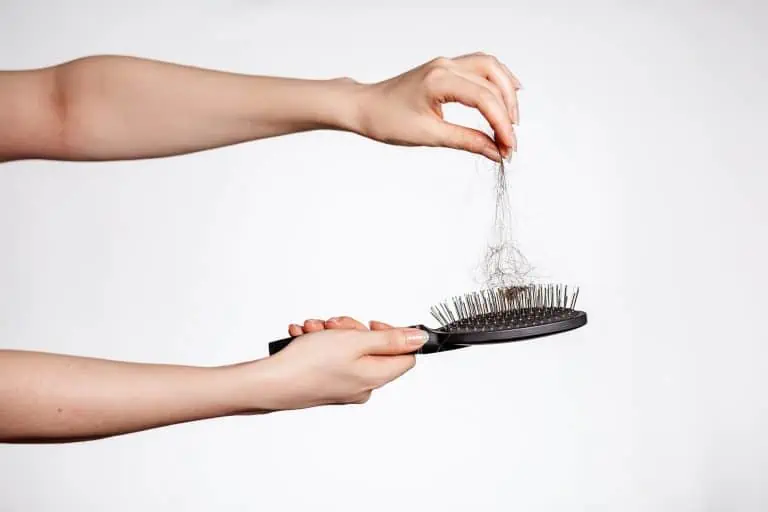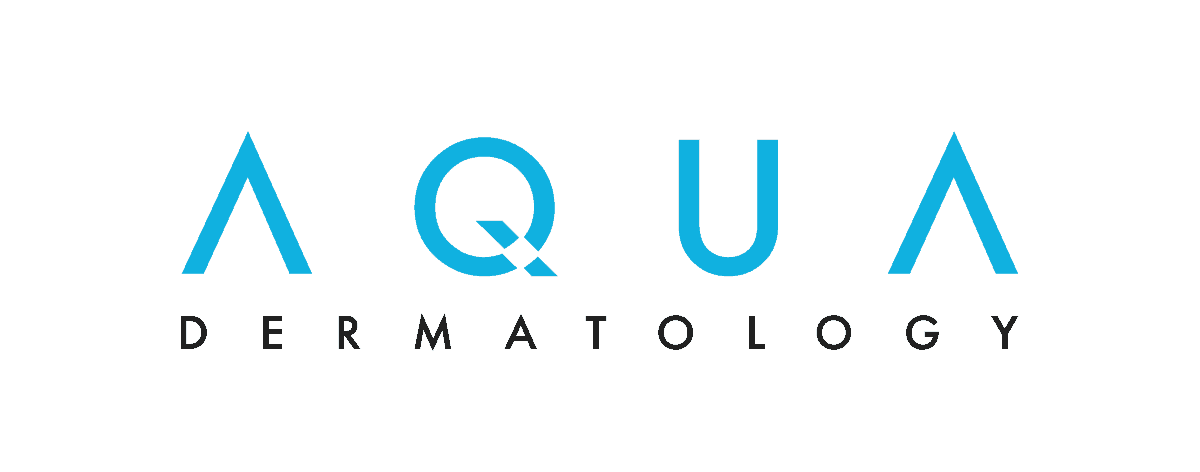4 Treatments for COVID-Related Hair Loss

Some people who get COVID-19 seem to fully recover. Others experience lingering negative effects. One of the more surprising of these is hair loss.
“I’ve seen a lot of patients whose hair thinned after they caught COVID-19,” said Stacy Chimento, MD, a board-certified dermatologist at Riverchase Dermatology. “They’re finding clumps of hair on their pillow and are very upset and desperate to regrow it.”
If it’s happened to you, you have plenty of company: A review of 15 studies of the long-term effects of COVID-19 found that 25% of patients developed hair loss. The good news is that this hair loss is temporary.
Why COVID may cause hair loss
So far, it doesn’t appear that the virus is a direct cause of hair shedding. Rather, it’s the system-wide stress of battling the virus that triggers a temporary disruption of the hair growth cycle. The phenomenon is known as telogen effluvium.
“Illnesses such as COVID-19 are a shock to your whole body, even your hair,” said Dr. Chimento. “When your immune system revs up to fight the virus, it can prematurely force many of your hair roots into the resting stage of the growth cycle, which is when hair is shed.”
Normally, most of your hair is in the growth stage (called the anagen stage) at any given time, while only 15% is in the resting stage (called the telogen stage). But fighting COVID-19 can force up to 70% of hair that was in the growth stage into the resting stage.
Telogen effluvium can start three to four months after an illness, infection or emotionally stressful event, and the shedding typically lasts for three to six months.
Treatments that support hair regrowth
The affected hair will usually grow back on its own, typically in six to nine months. But if you don’t want to wait that long, there are several treatments that can support or speed the recovery process, according to Dr. Chimento.
HydraFacial Keravive
This spa-like scalp treatment uses vacuum technology to remove substances that may be blocking the hair follicles, such as dirt and oil, and stimulate circulation in the scalp.
“HydraFacial Keravive is often recommended in combination with other hair loss therapies, such as Rogaine, because these products are better absorbed when your scalp is clean and healthy,” said Dr. Chimento.
The treatment lasts for 30 to 40 minutes. Your scalp is cleansed and exfoliated with a suction-like device that resembles a slim flashlight. Next, the aesthetician attaches a different device head that infuses the scalp with Keravive Peptide Solution. This solution contains growth factors and proteins to make hair healthier and look fuller. You’ll then be given a peptide complex spray to use daily to extend the results.
Patients usually undergo three treatments spaced one month apart.
Nutrafol supplements
There are many supplements that claim to support hair growth, but Dr. Chimento said Nutrafol supplements are the best.
“I’ve had telogen effluvium and Nutrafol made a big difference,” she noted.
Nutrafol supplements contain ingredients such as saw palmetto, marine collagen and ashwagandha, which stimulate the hair root and push it into the growth stage, according to Dr. Chimento. You should see regrowth in three to six months. Nutrafol is usually well tolerated, though there have been reports of side effects such as rashes and nausea.
Rogaine
While it’s primarily known for treating male- and female-pattern hair loss, Rogaine (minoxidil) can also be effective for telogen effluvium. Available in a topical solution or foam, Rogaine works by stimulating the hair follicles, increasing their size and lengthening the growth stage of the hair cycle. It takes up to four months or longer to see hair growth.
Rogaine isn’t for everyone, however. “If you have blood pressure problems or a related condition such as orthostatic hypertension, talk to your doctor first to make sure Rogaine is safe for you to use,” said Dr. Chimento. Common side effects include itching, burning and redness of the scalp.
Platelet-rich plasma (PRP)
PRP treatments target cells at the base of the hair called dermal papilla cells. These play a critical role in follicle development and growth. The dermatologist draws blood and separates the platelet-rich plasma from the other components. The plasma is then inserted into the scalp via a series of small injections.
“PRP contains growth factors that tell the dermal papilla cells to start growing hair,” Dr. Chimento said. “I’ve had it done myself and I couldn’t believe how well it worked.”
For the best results, she recommends three to four treatments spaced a month apart, plus an additional session at six months and then a final session one year later. While the injections can be a little uncomfortable, your provider will apply a topical anesthetic and ice to your scalp to make them more tolerable. Fortunately, it takes only about five minutes to perform the injections.
You should start to see results in three months. Risks include infection, bleeding and tissue damage. Some people may be poor candidates for the treatment, such as those with bleeding disorders or high cholesterol.
Which treatment is right for you? Everyone responds differently, Dr. Chimento said. She usually recommends patients try a combination of therapies based on their budget and preferences.
“These treatments aren’t covered by insurance, so cost is always a consideration. And if you’re leery of needles, I might suggest less invasive methods before trying PRP.”
Medically reviewed by Stacy Chimento, MD
Written by Jessica Brown, a health and science writer/editor based in Nanuet, New York. She has written for Water’s Edge Dermatology, Prevention magazine, jnj.com, BCRF.org, and many other outlets.


